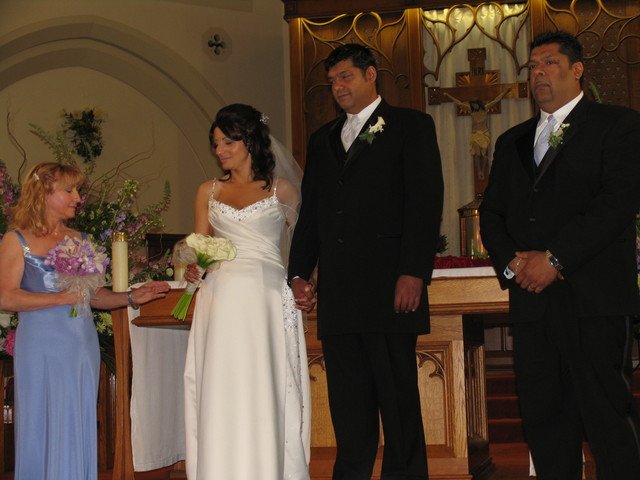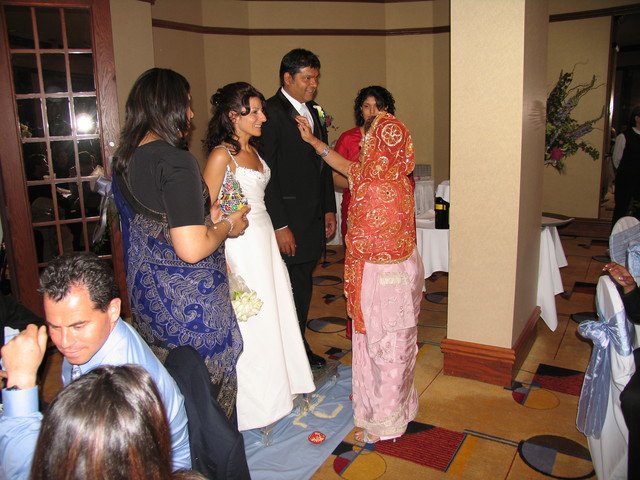Dear Dr. B: What is gastroparesis?
Answer: It is a condition in which the muscles in the wall of the stomach do not function normally. This leads to delayed gastric emptying. Patients complain about nausea and vomiting.
Most cases of gastroparesis are mild in nature. They respond to medications. According to an article in Tech-Wise, published by Alberta Heritage Foundation for Medical Research (www.ahfmr.ab.ca), about six to 10 people per 100,000 population have gastroparesis and do not respond to conventional treatment.
In severe cases of gastroparesis, patients have severe nausea, vomiting, pain, loss of appetite and weight loss. Vomiting usually occurs several hours after eating when the stomach is full of undigested food, stomach enzymes and acid. Patients nutrition is poor as the food does not reach the small intestine where digestion and absorption of food occurs.
Diagnosis of gastroparesis is difficult to make as nausea and vomiting can be symptoms of many conditions. Two most common investigations used to investigate gastroparesis are barium x-rays and endoscopy of the esophagus, stomach and duodenum. These tests are not always diagnostic but are important to rule out mechanical obstruction (cancer, ulcer, scarring and narrowing of the lumen) in the upper gastro-intestinal tract. Gastro-duodenal manometry is not available in all centers and is not necessary to make a diagnosis of gastroparesis.
What causes gastroparesis?
Most often the cause of gastroparesis is not known. According to Mayo Clinic website (www.mayoclinic.com) there are many precipitating factors like diabetes, surgery to upper gastro-intestinal tract, certain types of medications, cancer chemotherapy and other medical conditions like anorexia, bulimia, scleroderma, Parkinson’s disease, other nervous system illnesses and metabolic disorders such as hypothyroidism can lead to gastroparesis. Quite often it is not possible to find a cause of gastroparesis.
Is there a good treatment?
Currently there is no cure for gastroparesis. The first line of treatment to control symptoms is dietary changes (eat easily digestible food), medications to control vomiting and stimulate gastric emptying. These measures may not be effective in every case.
Researchers are investigating other types of therapies, including a stomach “pacemaker,” that eventually may prove more effective than current treatments for gastroparesis, says the Mayo Clinic website. This is called Enterra Therapy System (ETS). This new treatment is described and reviewed in Tech-Wise (June 2006). Here is the summary:
ETS is a neurostimulator that is implanted under the skin in the abdominal wall. It provides high frequency, low energy stimulation to the stomach wall through a pair of electrodes. The device is licensed in Canada for the treatment of chronic intractable nausea and vomiting.
The article reviewed six studies. Four studies showed at six to 12 months follow up there was significant symptomatic improvement after the device was implanted. Three studies showed improvement in nutritional status and two studies reported a significant improvement of quality of life.
The review article says that these improvements were not associated with improvement in gastric emptying. The device relieves symptoms of gastroparesis but how it does that is not known. Some authors speculate that it may be a placebo effect. The article says that the device is not for routine use in cases of gastroparesis. It should be used only as a last resort when other measures fail to relieve the symptoms.
Start reading the preview of my book A Doctor's Journey for free on Amazon. Available on Kindle for $2.99!

